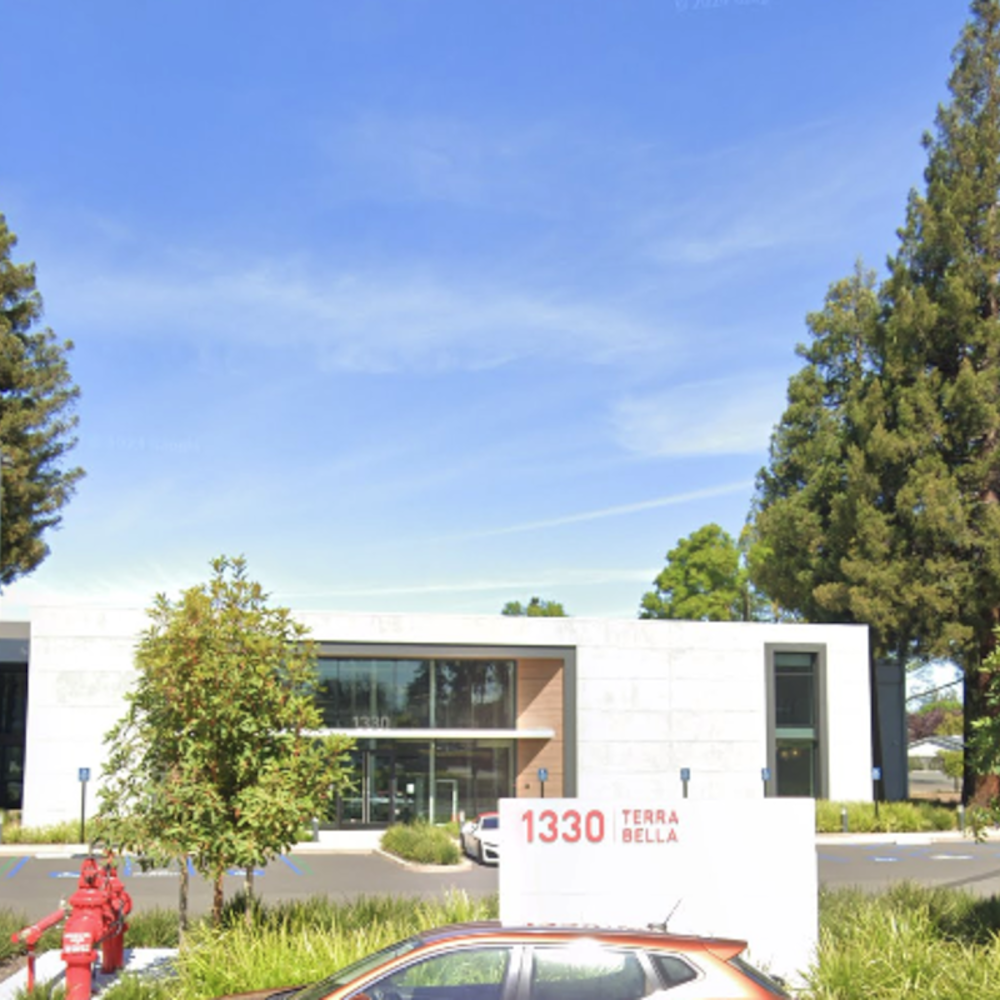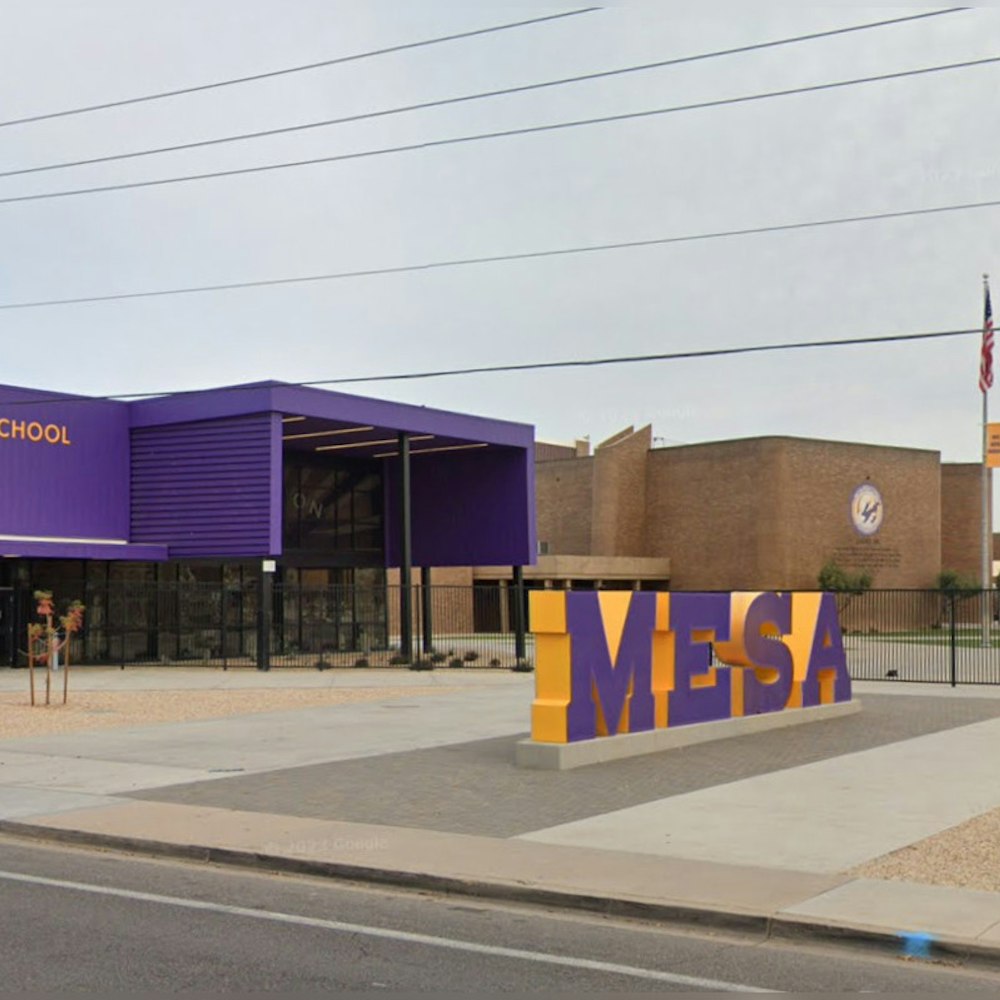
SANTA MONICA, Calif. — The homelessness crisis may see a glimmer of hope as the Santa Monica City Council green-lit a plan to create affordable housing on Tuesday. According to a statement obtained by the City of Santa Monica's official press release, this housing initiative will cover three city-owned locations, bringing about roughly 130 units to aid individuals and families in dire need of a roof above their heads.
The City Council's vote propels a partnership with the Hollywood Community Housing Corporation and details plans for the trio of sites; at 1217 Euclid Street, 1211-1217 14th Street, and 1146 16th Street. Targets set within the city’s Housing Element aim to serve a range of earners—people making 30 to 80 percent of the Area Median Income—and distinctively, those grappling with homelessness. However, the finalized proposals await the City Council's decisive nod, anticipated sometime in 2025.
One of the sites, located on Euclid Street, has been earmarked for permanent supportive housing and will be managed by The People Concern, an organization renowned for comprehensive services. They will extend multiple forms of support to formerly homeless individuals including mental health and substance abuse services, as stated by the City of Santa Monica. Santa Monica's mayor, Phil Brock, extolled the initiative, stating, "An important part of Santa Monica’s Housing Element is our commitment to dedicate several city-owned properties to advance much-needed affordable housing production... I am glad to see these projects moving forward as part of our city’s strategic effort to address homelessness and continue to build a community where all have the ability to live and thrive."
Selected through a competitive bid, the Hollywood Community Housing Corporation stands as a testament to experience and expertise in developing projects like these. Next, the stage is set for a community engagement process, ensuring the residents' voices are not just heard but integrated into the imminent design and development plans. A refined proposal that echoes the community feedback is what the council will deliberate on next.









